Mold Inspection & Mold Remediation
Mold in a home can create many health dangers for both humans and pets. Tanin Mold Inspection and Remediation with certified and expert technicians, provide service to single family and multi-unit residential structures, as well as commercial buildings.

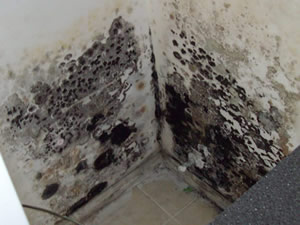
Black Mold in the Basement.

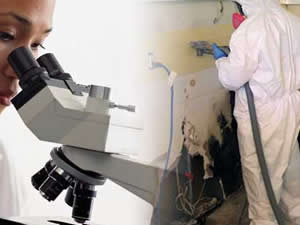
Mold Inspection and Mold Sample
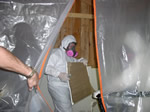
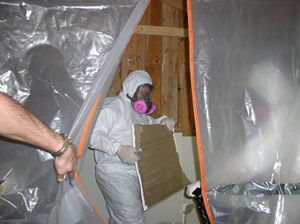
Mold Remediation and Mold Cleanup
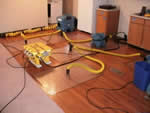
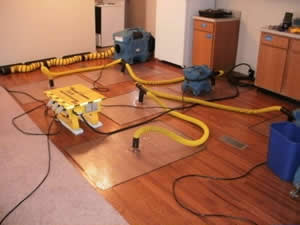
Water Mitigation and Drying
Mold is a very powerful fungi. It has the ability to destroy both your health and the value of your home if left untreated. The first step in the mold removal process, regardless of the size of the mold problem, is to eliminate the source of the water. If you don’t fix the moisture problem that caused the mold growth, the mold could very well come right back. This process could involve fixing a drainage issue, properly patching a leaky roof, a plumbing repair, ventilation improvement, etc.
If you suspect mold growth in your home, the first step is a schedule a thorough visual inspection by a trained specialist who knows where to look and what to look for. Once the sources of mold are discovered, testing devices such as moisture meters, humidity gauges, bore scopes and digital cameras confirm visual inspection and determine the source of leaks or moisture, and the conditions promoting its growth.
Tanin Mold Remediation is an experienced and fully certified mold remediation company that values the health and safety of its customers. With over 25 years in the mold remediation industry, Tanin is one of the top companies in the Chicagoland area.
HOW DO MOLDS GROW?
Mold spores occur in the indoor and outdoor environments. Mold spores may enter your house from the outside through open doorways, windows, and heating, ventilation, and air conditioning systems with outdoor air intakes. Spores in the air outside also attach themselves to people and animals, making clothing, shoes, bags, and pets convenient vehicles for carrying mold indoors. When mold spores drop on places where there is excessive moisture, such as where leakage may have occurred in roofs, pipes, walls, plant pots, or where there has been flooding, they will grow. Many building materials provide suitable nutrients that encourage mold to grow. Wet cellulose materials, including paper and paper products, cardboard, ceiling tiles, wood, and wood products, are particularly conducive for the growth of some molds. Other materials such as dust, paints, wallpaper, insulation materials, drywall, carpet, fabric, and upholstery, commonly support mold growth.